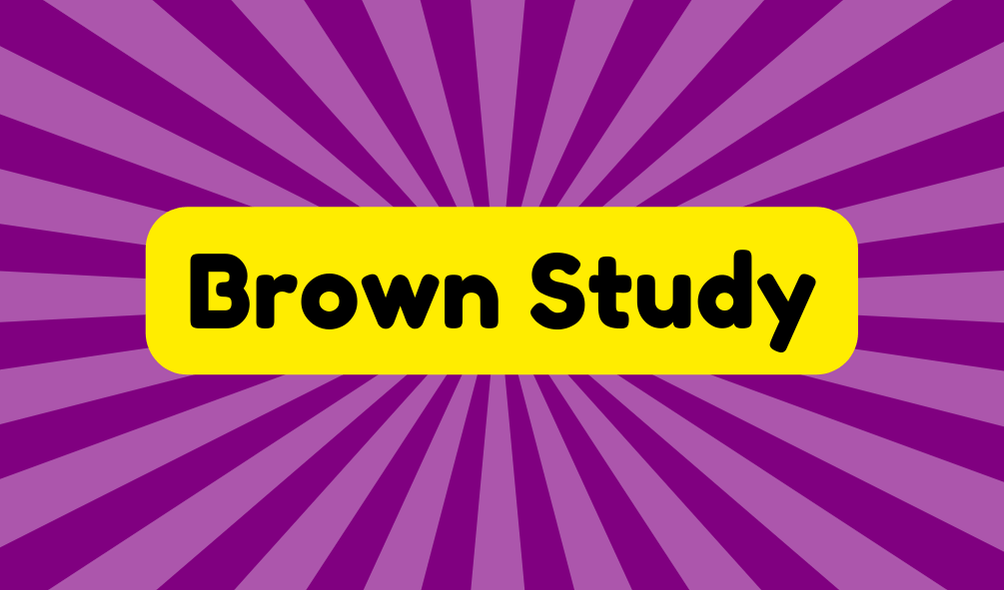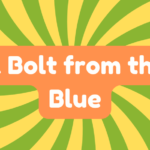"Brown study" describes a deep, often gloomy state of thought, where you get lost in contemplation. The term, rooted in Old English, first appeared in 1532, reflecting an emotional landscape often linked to sadness. You might hear phrases like "caught in a brown study," illustrating that feeling of being mentally absent. This state can be both enlightening and distracting, as it may lead to missed connections or ideas. In today's fast-paced world, embracing such reflection can actually enhance your creativity and self-awareness. There's much more to uncover about this intriguing concept that might surprise you.
Synonyms
When you find yourself in a brown study, you might realize it's akin to being in a reverie or a daydream, where your thoughts drift into a contemplative haze. While this state seems serene, you should recognize it's a form of contemplative distraction that can lead to significant loss of focus. Here are some synonyms that capture its essence:
- Absorption in deep thought
- Preoccupation with personal feelings
- Meditative introspection
These terms reflect the complex interplay of reflective thought that characterizes a brown study. However, it's critical to question whether indulging in such distractions is enabling or hindering. With the pressure to innovate, you might consider how to strike a balance between profound reflection and necessary engagement in the world around you.
Example of Sentences
Finding yourself in a brown study can lead to moments where thoughts drift away from the present, often resulting in missed cues or opportunities. You might catch yourself zoning out, struggling to break free from your distraction habits. Reflect on these emotional moments:
- Your colleague asks you a question, but you're lost in thought.
- You overlook a chance to connect during a casual conversation.
- A brilliant idea slips away while you're preoccupied.
Such instances underscore the emotional symbolism of brown studies. It is crucial to recognize when you're entering this state and choose to refocus. Breaking these distraction habits may reveal creativity and foster deeper connections. Don't let a brown study hold you back from seizing important moments in your life.
Origin
The phrase "brown study" has its roots in Old English, where it connects emotions with colors, particularly sadness. Historically, brown symbolized feelings akin to the modern association of blue with melancholy. This etymological connection painted a vivid picture of somber introspection, hinting at a deeper emotional landscape. The term first appeared in print in 1532 in "Dice-Play," but literary references have flourished since. Writers like Dickens and Alcott used it to evoke an emotional framework where characters wrestled with gloomy thoughts. This emotional symbolism reveals how language evolves to capture complex human experiences. Yet, one might wonder about the limitations of color in expressing diverse feelings—can a single hue truly convey the depth of our inner worlds?
Collocations
Often, people use "brown study" in various phrases that highlight its meaning and emotional weight. This expression explores richer cultural connotations and the psychological implications of being lost in thought. You might hear terms like:
- "Someone's in a brown study," indicating an emotional distraction.
- "Caught in a brown study," suggesting a struggle with deep, gloomy reflections.
- "He fell into a brown study," hinting at a sudden withdrawal from reality.
These collocations emphasize the heaviness that can accompany such a state. In exploring this idiom, we confront not only the nuances of language but also the broader landscape of human emotion and introspection. It's vital to understand that words carry weight, shaping how we perceive our internal struggles.
How to Use in Everyday Language
How can you incorporate "brown study" into your everyday conversations? When chatting with friends or colleagues, you can use the term to describe moments of deep reflection. For example, if someone seems distracted during a meeting, say they're in a brown study—it highlights their emotional distraction. This phrase can serve to acknowledge that people often get lost in thought, promoting a deeper understanding of their feelings. It's an innovative way to address those cloudy moments without sounding overly dramatic. Don't shy away from using it when discussing creative hurdles, too; being in a brown study might just spark a new idea. Just remember, it's essential to balance the acknowledgment of distraction with a nudge toward engagement.
Why Is It Still Relevant Today?
In today's fast-paced world, the concept of a "brown study" resonates with many as it captures those moments of introspection that often strike during busy times. You might find yourself lost in thought, reflecting on life amidst chaotic schedules. This contemporary introspection isn't just a fleeting distraction; it taps into emotional symbolism rooted in historical language. As we navigate constant stimuli, fostering moments of deep thinking can fuel creativity and self-awareness. However, it is crucial to question how often we truly engage in meaningful reflection rather than simply zoning out. Embracing the nuances of a "brown study" can empower you to cultivate a balance between productivity and thoughtful contemplation, ensuring you're not just busy, but purposefully engaged with your thoughts and emotions.







